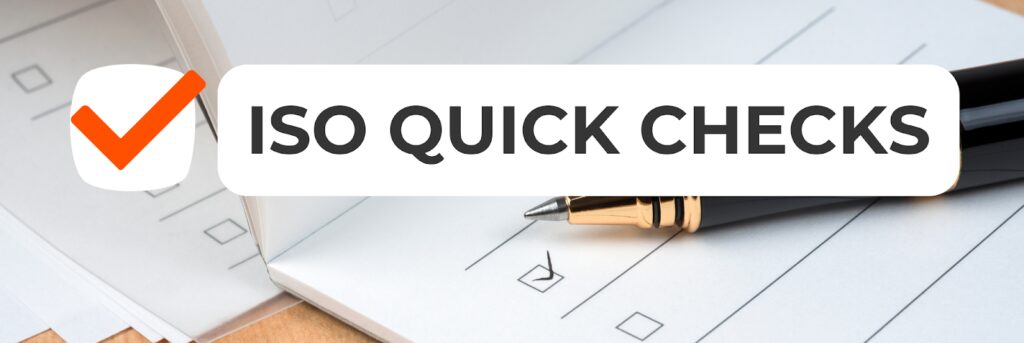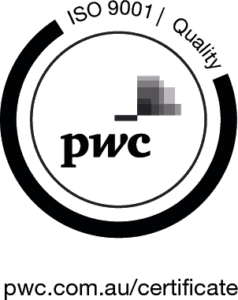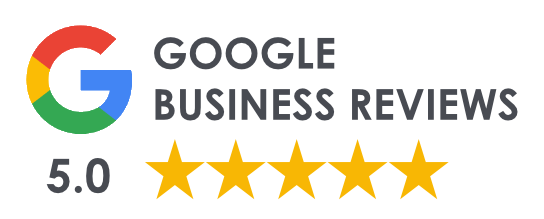ISO 45002:2023 – published! Learn about the new OH&S guidelines to ensure successful implementation of ISO 45001:2018
Occupational Health and Safety (OH&S) is a critical aspect of any organisation’s operations. Yet, shockingly, 2.78 million workers die every year due to work-related accidents or illnesses, according to the International Labour Organisation (ILO). In addition to this, the ILO estimates that there are around 317 million non-fatal work-related accidents and illnesses annually, with many of them resulting in long-term disabilities or absence from work. These statistics demonstrate the urgent need for organisations to prioritise the health and safety of their workers.
ISO 45001:2018 is the international Occupational Health and Safety (OH&S) Management System Standard that outlines the requirements for an OH&S Management System. To complement this, the International Organisation for Standardisation (ISO) recently published a new standard, ISO 45002:2023 Occupational health and safety management systems — General guidelines for the implementation of ISO 45001:2018, which provides practical guidance for effectively implementing and maintaining an OH&S management system in accordance with ISO 45001:2018.
In this blog, we will explore what these two OH&S ISO Standards are, how they work together, and how they can benefit organisations of all sizes and types. We will also provide practical tips for implementing an effective OH&S Management System.
Let’s discuss what ISO 45001:2018 is first.
What is the ISO 45001:2018 Occupational Health and Safety Management Systems Standard?

ISO 45001:2018 is an international standard for Occupational Health and Safety Management Systems (OHSMS). It was developed by ISO to provide organisations with a framework to improve the health and safety of their workers and reduce the risk of work-related injuries and illnesses.
The ISO 45001:2018 standard outlines a set of requirements that organisations can use to establish, implement, maintain, and continually improve their OHSMS. This includes policies and procedures for identifying and controlling OH&S hazards and risks, evaluating compliance, monitoring and measuring performance, and implementing corrective actions when necessary.
By implementing ISO 45001:2018, organisations can demonstrate their commitment to improving workers health and safety, complying with relevant OH&S laws and regulations, and improving their reputation among customers, employees, and other stakeholders.
Previous to the publication of ISO 45001 in 2018, there were two other commonly implemented health and safety standards. The international one was OHSAS 18001:2007, which was superseded from 30 September 2021, meaning businesses can no longer achieve certification to this standard. The other safety standard applicable only for Australia and New Zealand is AS/NZS 4801:2001, which has a cut off transition date of 13 July 2023. This means that any business still Certified to AS/NZS 4801:2001 will need to upgrade their management system to the ISO 45001:2018 requirements, and successfully complete a transition certification audit before 13 July 2023.
What is ISO 45002:2023?
ISO 45002:2023 provides guidance on how to implement the requirements of ISO 45001:2018 in any type of organisation. While ISO 45001:2018 states the requirements that need to be met, ISO 45002:2023 expands on this and gives guidance, including real-life cases, on how it can be done with the objective of bringing clarity to the implementation process.
ISO 45002:2023 reflects the latest developments and best practices in OH&S management, taking into account feedback from users of ISO 45001:2018 and other stakeholders. By incorporating the guidance provided in ISO 45002:2023 into their OH&S Management System, organisations can further improve their ability to identify and manage OH&S risks, prevent accidents and injuries, and promote a strong safety culture throughout the organisation.
Additionally, the standard provides further guidance on how to ensure the specific needs of individuals and groups of workers are addressed, recognizing that a generic approach to OH&S management can lead to the needs of different genders, age and minority groups not being fully addressed.
Note:
How can you use the guidelines from ISO 45002:2023 in parallel with ISO 45001:2018?

Here are some ways that businesses can use the guidelines of ISO 45002:2023 in conjunction with ISO 45001:2018:
- Hazard identification and risk assessment: ISO 45002:2023 provides guidance on how to determine and evaluate hazards and risks in the workplace. Businesses can use this guidance to meet the requirements of ISO 45001:2018, which states organisations need to identify hazards and assess the risks associated with their activities, products, and services.
- Control measures: ISO 45002:2023 provides guidance on different types of control measures that can be used to eliminate or minimise hazards and risks. Businesses can use this guidance to implement the control measures required by ISO 45001:2018 in order to eliminate or reduce risks to acceptable levels.
- Leadership and employee participation: ISO 45002:2023 emphasises the importance of leadership and employee participation in the management of OH&S risks. This guidance will strengthen your organisation’s leadership commitment and engagement with employees, including their involvement in hazard identification, risk assessment, and the development of control measures, as per the ISO 45001:2018 requirements.
- Continuous improvement: ISO 45002:2023 provides guidance on the importance of continuous improvement in OH&S management via the Plan-Do-Check-Act (PDCA) cycle. This guidance can be used to develop and implement effective performance monitoring and evaluation processes that support the ongoing improvement of your OH&S Management System, in line with the requirements of ISO 45001:2018.
- Performance monitoring and evaluation: ISO 45002:2023 provides details on how to monitor and evaluate the performance of the OH&S Management System. Businesses can use this guidance to meet the performance monitoring and evaluation requirements of ISO 45001:2018, which states organisations should monitor and measure their OH&S performance and evaluate the effectiveness of their OH&S Management System.
- Integration with other management systems: ISO 45002:2023 provides further guidance on how to integrate OH&S management with other management systems, such as quality management and environmental management. Use this guidance to achieve greater efficiency and effectiveness in your organisation’s overall management approach.
In summary, businesses can use the guidelines of ISO 45002:2023 in parallel with ISO 45001:2018 to ensure that they implement an OH&S Management System that meets all relevant requirements more effectively. The two standards can be integrated to develop a comprehensive plan for implementation, and the guidelines can be used to train employees, evaluate performance, and drive continual improvement.
If you’re looking to get your business Certified to ISO 45001:2018, but don’t know where to start, let us help you. Our consultants are up to date with the new ISO 45002:2023 guidelines, ensuring that your OH&S Management System will be effectively implemented for how your business operates. We have helped over 200 businesses achieve and maintain their Certification first-time through a tailored approach, and can guarantee the same for you.
About the author
Erica is the Managing Director of ISO Certification Experts and ICExperts Academy. She has been helping businesses with their ISO Certification needs for over 20 years. Erica is also a Certified trainer, implementer and auditor for the ISO 9001, ISO 14001, ISO 45001 and ISO 27001 standards. Erica primarily heads up the day-to-day operations of the businesses, and is also a current member of the Standards Australia Committees: QR-008 Quality Systems and ISO 9001 Quality Management Brand Integrity.
All information on this blog site is for informational purposes only. As this information is based on our professional experience, opinion, and knowledge, we make no representations as to the suitability of this information for your individual business circumstances. Especiality Pty Ltd trading as ISO Certification Experts and all related businesses and brands will not be liable for any errors, omissions, legal disputes or any damage arising from its display or use. All information is provided as is, with no warranties and confers no rights.
We will not be responsible for any material that is found at the end of links that we may post on this blog site. The advice, ideas, and strategies should never be used without first assessing your own personal business situation or seeking professional and/or legal advice. Information may also change from time to time to suit industry and business needs, requirements and trends.
















